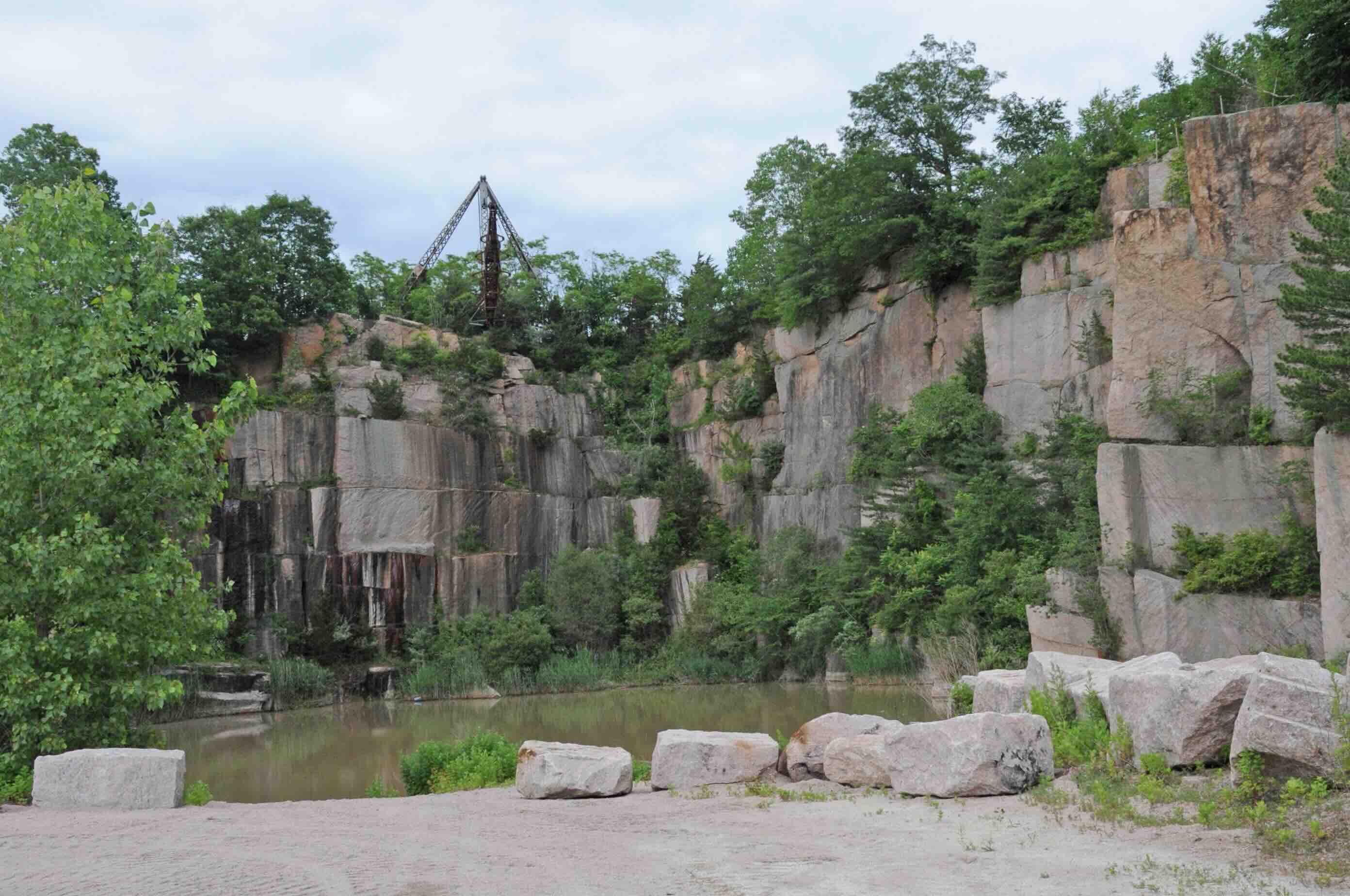Secrets Of Connecticut’s Indigenous Stone Tool Quarries

Have you ever wondered about the ancient history hidden in Connecticut's landscapes? Connecticut's indigenous stone tool quarries offer a fascinating glimpse into the lives of Native American communities. These quarries were essential for crafting tools used in daily life, hunting, and building. Imagine the skill and knowledge required to select the right stone, shape it, and use it effectively. Visiting these sites can feel like stepping back in time, connecting with the ingenuity of people who lived here thousands of years ago. Whether you're a history buff or just curious, exploring these quarries can be a rewarding experience.
Secrets of Connecticut's Indigenous Stone Tool Quarries
Connecticut's landscape holds many secrets, especially those related to its indigenous history. Among these secrets are the ancient stone tool quarries used by Native American tribes. These sites offer a glimpse into the lives of the people who once inhabited the region, showcasing their ingenuity and craftsmanship.
The Importance of Stone Tool Quarries
Stone tool quarries were essential for indigenous tribes. They provided the raw materials needed for creating tools used in daily life, from hunting to building. Let's explore some of the most significant quarries in Connecticut.
- Gungywamp
Located in Groton, Gungywamp is a fascinating archaeological site. It features stone chambers, petroglyphs, and remnants of ancient quarries. The site offers a unique look into the lives of the indigenous people who once lived there.
- Indian Hill
Indian Hill in Haddam is another significant quarry site. This area was rich in high-quality quartzite, a material highly valued for tool-making. The remnants of quarrying activities can still be seen, providing insight into the techniques used by indigenous craftsmen.
- Mashantucket Pequot Reservation
The Mashantucket Pequot Reservation in Ledyard is home to several ancient quarries. The Pequot people used these sites to extract materials for tools and weapons. Today, the reservation offers educational tours that highlight the importance of these quarries.
Techniques Used in Stone Tool Making
Understanding the techniques used in stone tool making helps us appreciate the skill involved. Indigenous tribes employed various methods to extract and shape stones into useful tools.
- Flint Knapping
Flint knapping was a common technique used to shape stones into tools. By striking a stone with another hard object, flakes would be chipped off, creating sharp edges. This method was used to make arrowheads, knives, and other tools.
- Pecking and Grinding
Another technique involved pecking and grinding stones to shape them. This method was often used for creating larger tools like axes and grinding stones. The process required patience and precision, showcasing the craftsmanship of indigenous people.
Preserving Connecticut's Indigenous Heritage
Preserving these ancient quarries is crucial for understanding Connecticut's indigenous heritage. Efforts are being made to protect these sites and educate the public about their historical significance.
- The Institute for American Indian Studies
Located in Washington, CT, the Institute for American Indian Studies works to preserve and promote the history of indigenous tribes in the region. They offer exhibits and programs that highlight the importance of stone tool quarries.
- Connecticut State Archaeological Preserve
The Connecticut State Archaeological Preserve includes several quarry sites. This designation helps protect these areas from development and ensures they remain accessible for future generations to study and appreciate.
Visiting Stone Tool Quarries in Connecticut
For those interested in exploring these historical sites, several quarries are open to the public. Visiting these locations offers a unique opportunity to connect with Connecticut's indigenous past.
- Dinosaur State Park
While primarily known for its dinosaur tracks, Dinosaur State Park in Rocky Hill also features ancient quarry sites. Visitors can explore the park's trails and learn about the indigenous people who once used the area for tool-making.
- Hammonasset Beach State Park
Hammonasset Beach State Park in Madison is another site with historical significance. The park's nature center offers information about the indigenous tribes who once inhabited the area and their quarrying activities.
- Peabody Museum of Natural History
Located at Yale University in New Haven, the Peabody Museum of Natural History features exhibits on Connecticut's indigenous history. The museum showcases artifacts from ancient quarries, providing a deeper understanding of the region's past.
The Legacy of Connecticut's Stone Tool Quarries
Connecticut's indigenous stone tool quarries offer a glimpse into the lives of the region's earliest inhabitants. These sites reveal the craftsmanship and resourcefulness of Native American communities. By studying these quarries, we gain insight into their daily lives, trade networks, and cultural practices.
Preserving these historical sites is crucial for understanding our shared heritage. They serve as a reminder of the ingenuity and adaptability of those who came before us. Visiting these quarries can be a unique educational experience, connecting us to a time long past.
Next time you're in Connecticut, consider exploring these ancient sites. You'll not only enjoy a hike through beautiful landscapes but also walk in the footsteps of history. The legacy of these quarries continues to shape our understanding of the past, enriching our appreciation for the region's rich cultural history.

